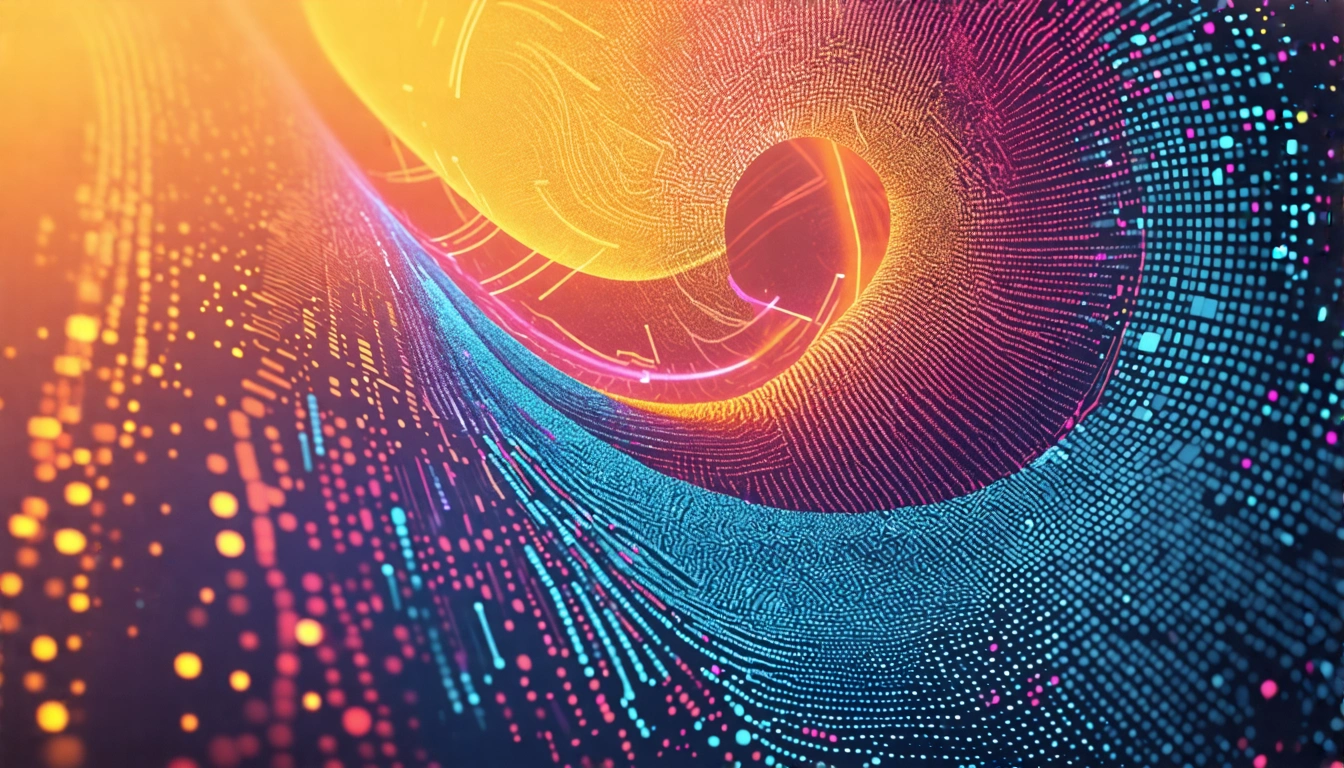In recent years, the rise of artificial intelligence (AI) technology has revolutionized various domains, including music production. One of the most exciting advancements is in text-to-audio music generation, where users can input text prompts and receive audio samples in return. Although the demand for such technology has surged, finding a reliable and consistent platform has been a challenge. Recently, the launch of Google's MusicLM stirred excitement within the community, but it remains uncertain when or if it will become widely available. In the meantime, a promising alternative has emerged: Wave Tool.
Introduction to Wave Tool
Wave Tool is an innovative AI Digital Audio Workstation (DAW) that not only allows users to create complete music projects from scratch but also recently introduced a text-to-audio feature. This development has opened new avenues for aspiring musicians and producers looking to harness the capabilities of AI in their creative processes. Unlike traditional methods that often require long and detailed prompts, Wave Tool operates effectively with shorter, concise instructions.
Getting Started with Text-to-Audio Generation
Upon visiting wavetool.com, users can find a user-friendly interface featuring a new sample library. At the top right corner, there's a prompt insertion area where users can type in their desired audio characteristics. For instance, inputting "dark synth melody in E Minor" yields interesting results. What sets Wave Tool apart from other AI audio generators is its efficacy with shorter prompts, simplifying the creative process for users who may not have extensive technical knowledge.
Sample Creation and Manipulation
Once a prompt is submitted, users can drag the generated audio sample onto their timeline in the Wave Tool interface. The platform offers comprehensive features for music production, including the ability to add drums, perform mixing, and apply mastering techniques. However, it is crucial to note that the samples generated are typically five seconds and 12 milliseconds long, despite users specifying longer durations. This aspect is worth considering when planning the tempo and overall structure of the track, as these samples generally operate around 94 BPM, translating to roughly two bars of music.
Workflow and Integration with FL Studio
After exporting the generated melody as a WAV file, users can integrate it into their favorite DAW, such as FL Studio. This integration allows for additional editing and arrangement to create a loop that feels cohesive and atmospheric. The beauty of using Wave Tool lies in its capability to inspire creativity even when the initial sample feels limited. By layering effects, adding unique elements, and experimenting with different rhythms, users can craft a full-fledged track.
Exploring Different Genres
The flexibility of the samples generated by Wave Tool enables users to explore various musical genres. For instance, transitioning from a simple atmospheric sound to a more dynamic trap beat can yield surprising results. By retaining the essence of the original sample and layering it with contemporary drum patterns, musicians can create tracks that resonate with current trends while maintaining a unique flair.
Demo Tracks and Experimentation
As users continue to experiment with Wave Tool, they may produce multiple demo tracks showcasing the platform's versatility. For example, a user may start with a dark synth melody and layer it with both lo-fi and trap drums, ultimately discovering which combination feels right. The iterative process of creating different versions of a track encourages exploration and helps refine the user's sound.
The AI Experience: Inspiration and Limitations
The experience of generating music using AI technology like Wave Tool often leads to unexpected inspiration. Users may discover new sounds, styles, and ideas that they wouldn't have normally pursued. However, it's essential to acknowledge that AI-generated samples might not always align perfectly with the intended tempo or feel of the track. In such cases, users must be willing to adapt and recreate elements that better fit their vision.
The Future of AI in Music Production
As AI technology continues to evolve, it's clear that tools like Wave Tool will play a significant role in shaping the future of music production. While the current iterations are still in beta and require refinement, the potential for AI to enhance creativity is immense. Users can expect more sophisticated algorithms to emerge, providing even more reliable and nuanced audio samples.
The Importance of Community Feedback
The development of AI music generation tools greatly benefits from community feedback. As users share their experiences and suggestions, developers can enhance the platforms to better serve the needs of musicians. This collaborative approach will ultimately lead to more refined tools that empower creators and expand the possibilities of music production.
Conclusion: Embracing the AI Revolution in Music
In summary, the rise of AI technology has opened new horizons for music creators. With tools like Wave Tool, musicians can experiment with text-to-audio generation, producing unique sounds that inspire creativity. The ability to integrate generated samples into established DAWs and manipulate them further allows for a seamless workflow. While the technology is still developing, the potential it holds for the music industry is undeniable. As we continue to explore and innovate within this space, the future of music production promises to be more dynamic and inclusive than ever before.
